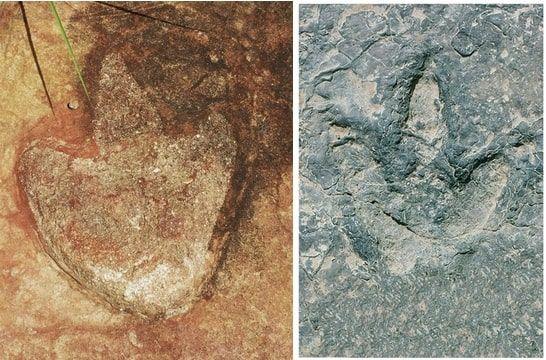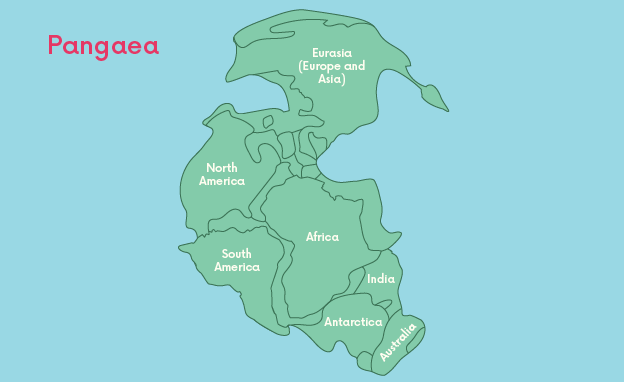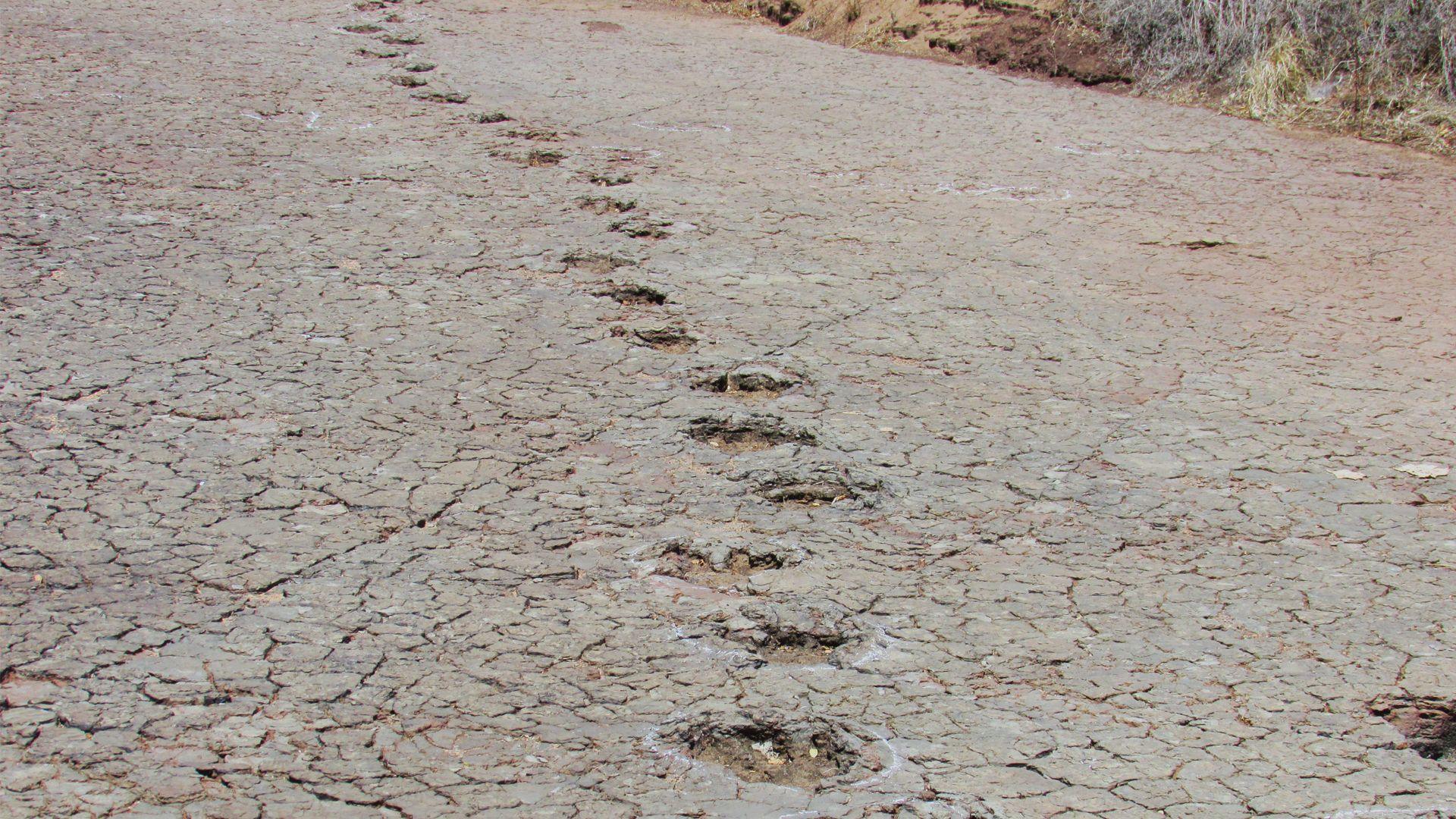Matching dino prints found on opposite sides of the ocean

Theropod footprint from Brazil (left), and Theropod tracks from Cameroon (right)
- Published
A team of palaeontologists have discovered a trail of dinosaur footprints beginning in one country and ending in another - on the other side of the world!
Over the last few years an international team of researchers have found more than 260 matching dino prints in ancient riverbeds in Brazil, in South America, and in Cameroon, in Africa - around 3,700 miles apart, with the Atlantic ocean in between.
The team say the fossilised prints are around 120 million years old, most of them made by three-toed theropod dinosaurs, with some possibly belonging to sauropods, or ornithischians, which had skeletons similar to birds.
So how did the prints end up in two different continents?
10-year-old finds dinosaur footprints on beach
- Published17 August 2024
'Oldest EVER' dinosaur fossil found in Brazil
- Published8 August 2024
Which dinosaur are you?
- Published26 June 2021
What is continental drift and how did it affect the dinosaur prints?

What the world might have looked like around 300 million years ago.
On Earth there are seven giant areas of land, called continents, separated by oceans.
They are: Asia, Africa, North America, South America, Antarctica, Europe and Oceania.
However, around 300 - 200 million years ago, when dinosaurs still walked the Earth, these continents were joined together, as one big super-continent called Pangea.
Around 200 million years ago Pangea began to break up into smaller chunks because of the movement of the Earth's tectonic plates.
Tectonic plates are large slabs which lie beneath the Earth's surface, and fit together like jigsaw pieces.
The tectonic plates move very slowly over a long period of time, and cause earthquakes and volcanoes.
How did the dinosaur prints end up in Brazil and Cameroon?

Ornithopod tracks at the Sousa Basin in brazil, preserved in floodplain deposits
Around 140 million years ago one of the broken off parts of Pangaea, called Gondwana, began to split.
This is why researchers say the matching dinosaur footprints were found in two different continents, because originally both South America and Africa were one land mass - they were Gondwana before it also split.
“We determined that in terms of age, these footprints were similar, in their geological and plate tectonic contexts, they were also similar. In terms of their shapes, they are almost identical.” said Louis L. Jacobs, a palaeontologist and lead author of the study.
“One beauty of this Earth is that any of us can see that Africa and South America used to fit together like puzzle pieces. It is easy to conceive that in a connected world, animals, including dinosaurs, could and would be likely to move from place to place.” he said.
